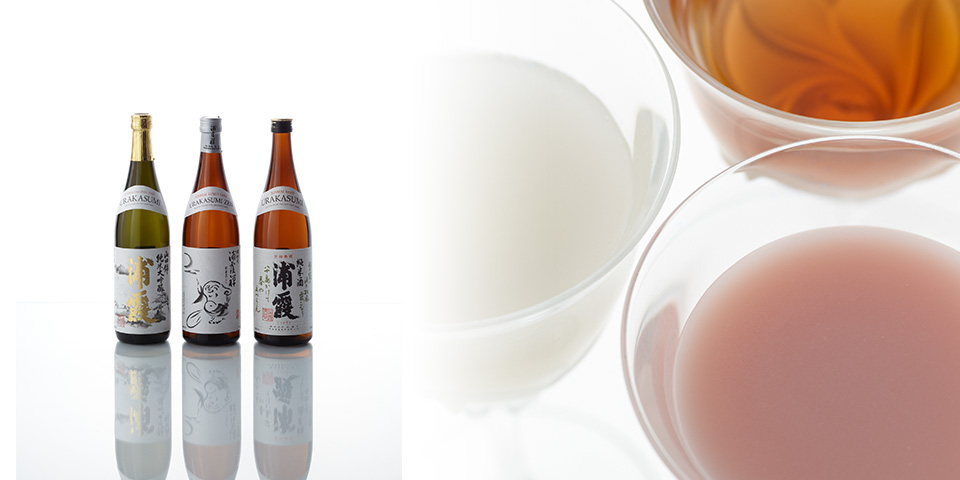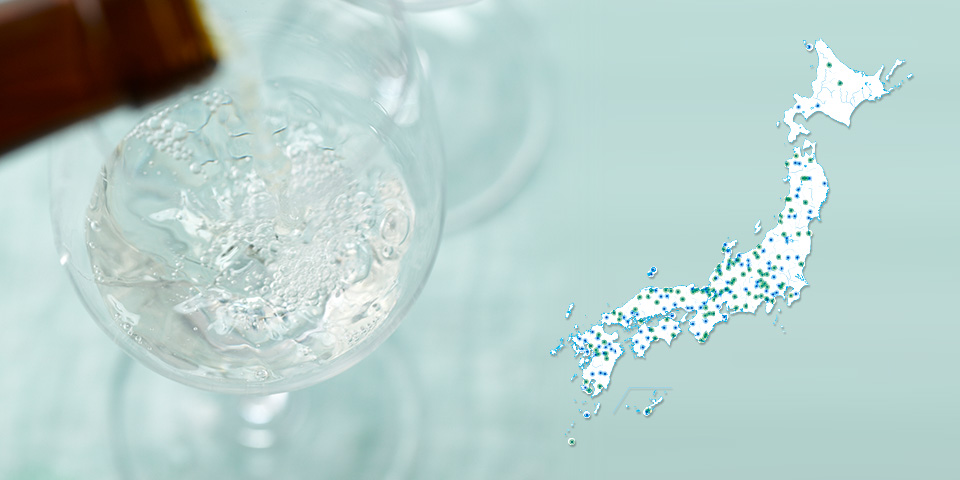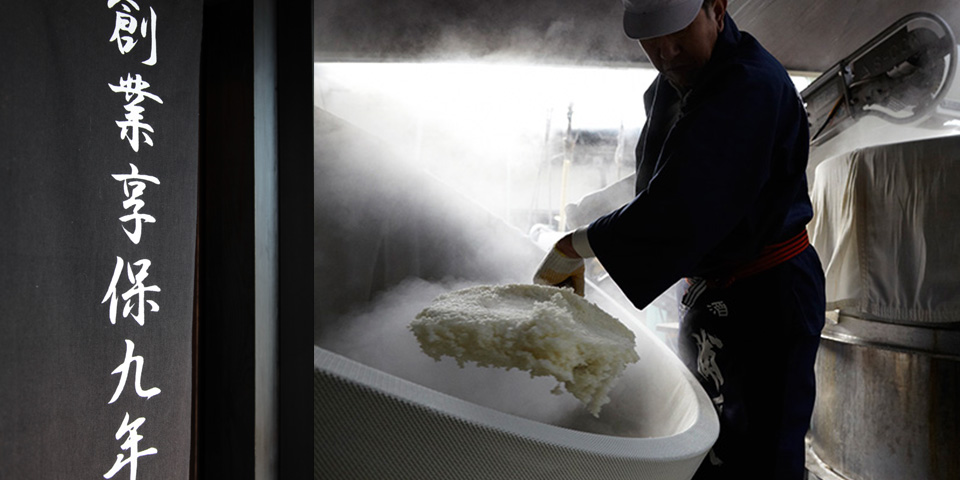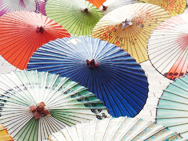
Sake is changing. The historical evolution of techniques and tastes that made nihonshu—literally “Japanese liquor”—-a cornerstone of our culinary culture has in recent years seen marked advances in technology and shifts in preferences. The results are entirely new sake styles and qualities—all the better for us now to enjoy some comparison-sipping of a wide variety of brews.
The especially dramatic developments of the last two decades have been largely due to the introduction of many new brewing yeasts, microorganisms essential for fermenting sugars into alcohol. Each has its own signature fragrance. Thanks to these scent cues, biotechnologists have been able to develop new yeasts to brew ever-more-fragrant sake. And not only fragrance is affected. One unique yeast strain tints red, opening whole new horizons in sake. How surprising to contemplate nihonshu rosé!

New strains of sake rice have also entered the picture. Until recently, ‘Yamada Nishiki’ reigned as the “king of sake rice,” but it was expensive, and its pervasive nationwide distribution made it difficult for local brewers to create their own distinctive characteristics. Today many brewers are championing regional strains, which, if we include those used for “limited edition” jizake brews, must number more than 100 different rice varieties for sake alone. And the count keeps increasing, including revivals of “heirloom rice,” strains that were grown in specific regions more than a century ago and are now earmarked for making sake. While much of the talk is colored with romantic notions of going back in history, we cannot deny a growing grass-roots commitment to true regional jizake brewing.
With so many different elements, both traditional and new—from rice and yeast to methods and processes and even the sake makers themselves—we see original brands and contemporary concepts flourishing, especially among young hands-on innovators. Today’s nihonshu is a cavalcade of diversity. Gone is the staid “hot sake” stereotype of times past. These youthful brews offer refreshing alternatives to drinking white wine with international fare. Now there’s a fragrance, flavor, dryness, and mouth feel—not to mention color—to please every palate. It’s time to start sipping!


 Sake at the Summit (Cover)
Sake at the Summit (Cover)  There was water
There was water  Making (Japanese sake) at the Saura brewery in Miyagi prefecture
Making (Japanese sake) at the Saura brewery in Miyagi prefecture 




